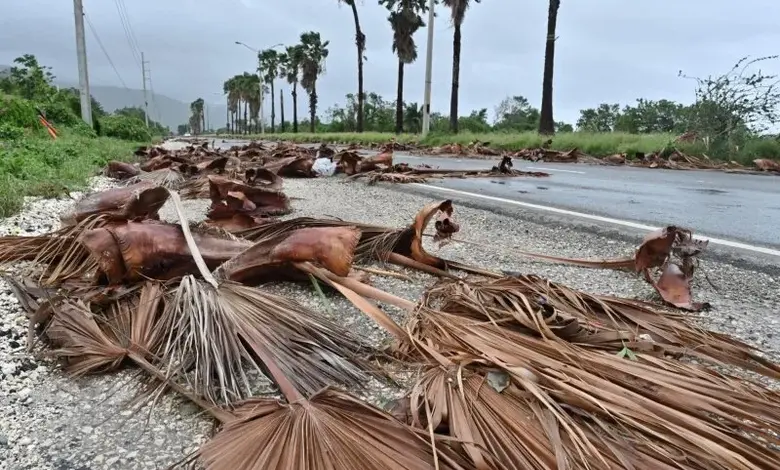A ferocious storm dubbed Hurricane Melissa carved a deadly path through the Caribbean, claiming seven lives and unleashing torrential floods and unprecedented winds before fully striking Jamaica on Tuesday. The cyclone, now barreling toward Cuba, marks the most intense hurricane to ever batter the island nation, surpassing even the infamous 2005 Katrina that devastated New Orleans.
Even prior to landfall, the storm’s worsening conditions had already proven fatal. According to AFP, the toll included three deaths in Jamaica, three in Haiti, and one in the Dominican Republic. As Melissa churned over Jamaica’s rugged terrain, it briefly downgraded from Category 5 to Category 3 status by evening, yet retained devastating force. Officials warn it will soon threaten Cuba and the Bahamas.
At its zenith, the hurricane hurled sustained winds of 185 miles per hour—exceeding the 157 mph threshold for the top-tier Category 5 classification on the Saffir-Simpson scale, as reported by the US National Hurricane Center. Winds later eased to 145 mph while the system traversed the mountainous landscape, triggering landslides in highland areas prone to such hazards and widespread inundation.
Forecast models from the NHC indicate Melissa will veer northeast, zeroing in on Santiago de Cuba, the island’s second-largest city. Cuban President Miguel Díaz-Canel urged residents to follow evacuation directives in a statement carried by the state outlet Granma. “We should already be feeling its main influence this afternoon and evening,” he said, adding via Reuters: “There will be a lot of work to do. We know that this cyclone will cause significant damage.”
ALSO READ : Cyclone Montha: Deadly Strike Claims One Life, Forces Mass Evacuations
In Jamaica, the immediate aftermath paints a grim picture of destruction. Near the landfall point in New Hope, gusts topping 185 mph felled trees, sparked landslides, and plunged swaths of the country into darkness through mass power failures, according to the Associated Press. Recovery efforts face steep hurdles, with assessments delayed by ongoing disruptions to communications and electricity.
Jamaica’s Prime Minister Andrew Holness emphasized the vulnerability of local infrastructure: “There is no infrastructure in the region that can withstand a Category 5. The question now is the speed of recovery. That’s the challenge.” Climate change minister, speaking to CNN, described the impacts as “catastrophic,” highlighting submerged residences, crippled public facilities, and battered hospitals.
The hardest-hit region, southwestern St. Elizabeth parish—a vital agricultural hub dubbed the nation’s “breadbasket”—lay partially submerged, with over 500,000 people left powerless. Government minister Desmond McKenzie, cited by Reuters, confirmed severe structural harm to multiple hospitals there, noting the coastal zone was “underwater.” “The damage to Saint Elizabeth is extensive, based on what we have seen,” McKenzie stated during a press briefing. “Saint Elizabeth is the breadbasket of the country, and that has taken a beating. The entire Jamaica has felt the brunt of Melissa.”
A full tally of the wreckage remains elusive, as teams await safer conditions to survey remote zones. The storm’s ferocity evokes echoes of historic tempests like Katrina, Maria, and Harvey, potentially leaving a legacy of profound upheaval across the region.
